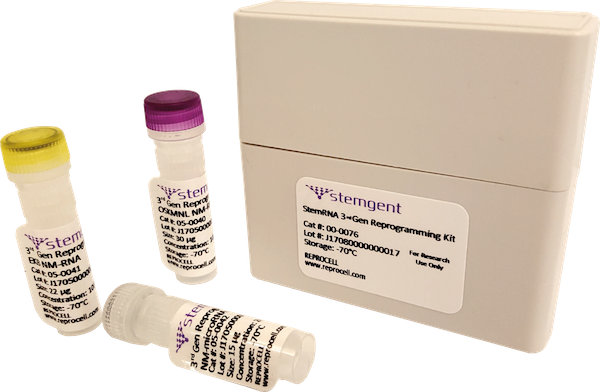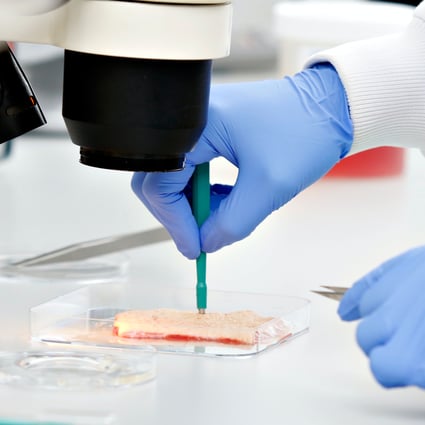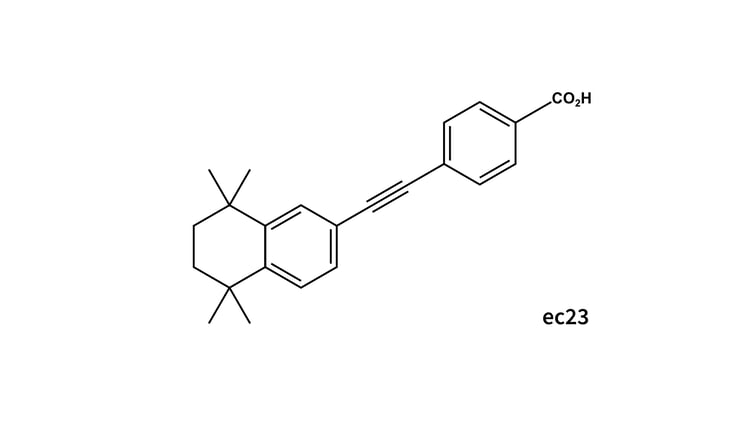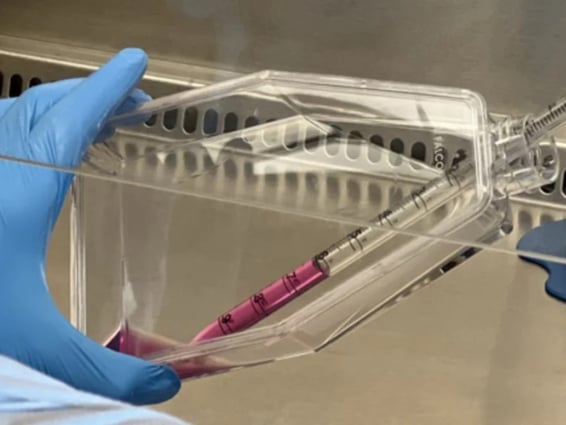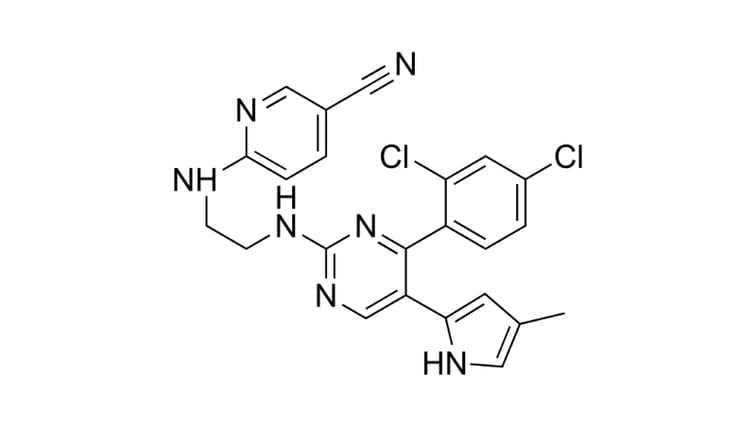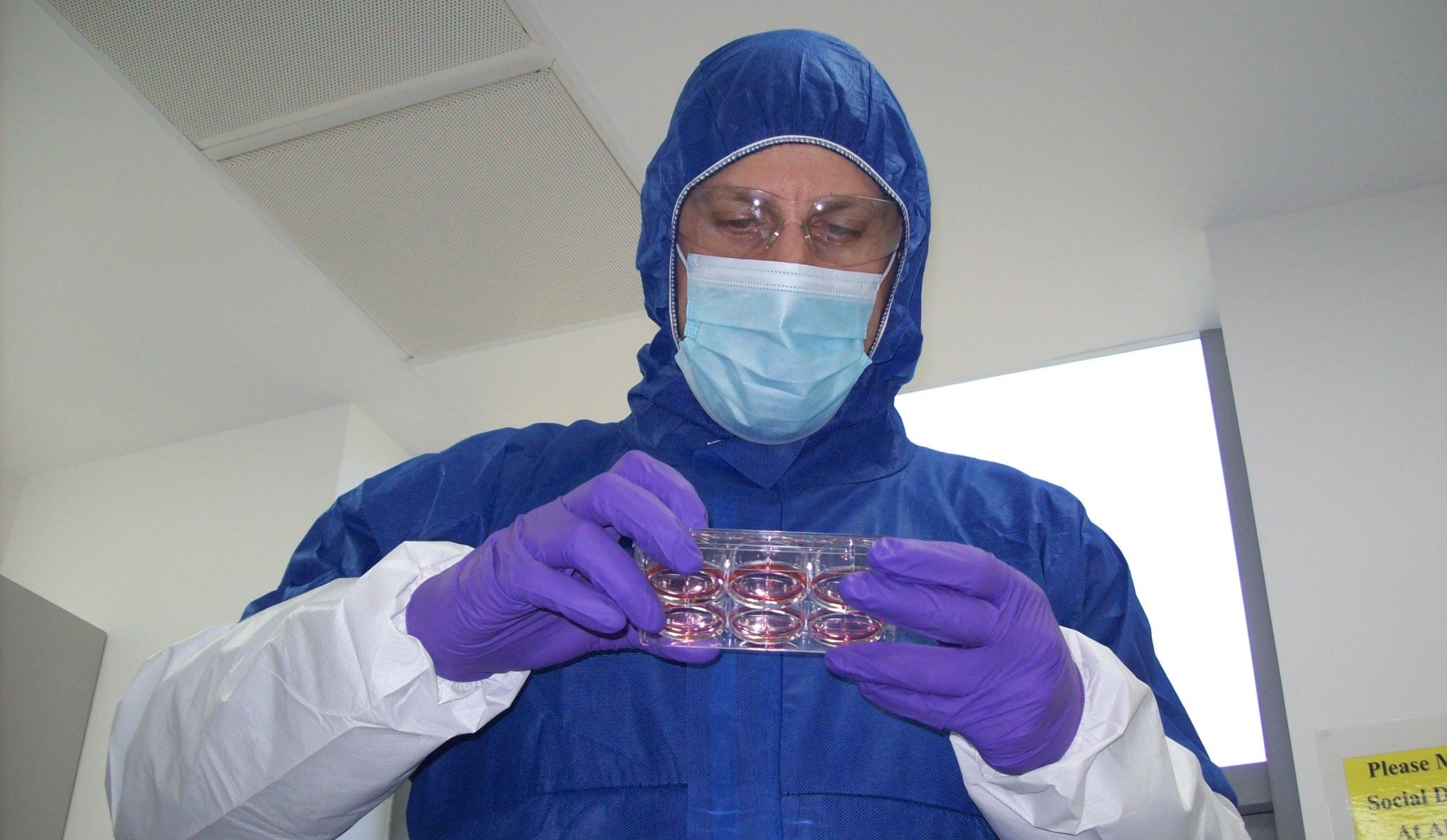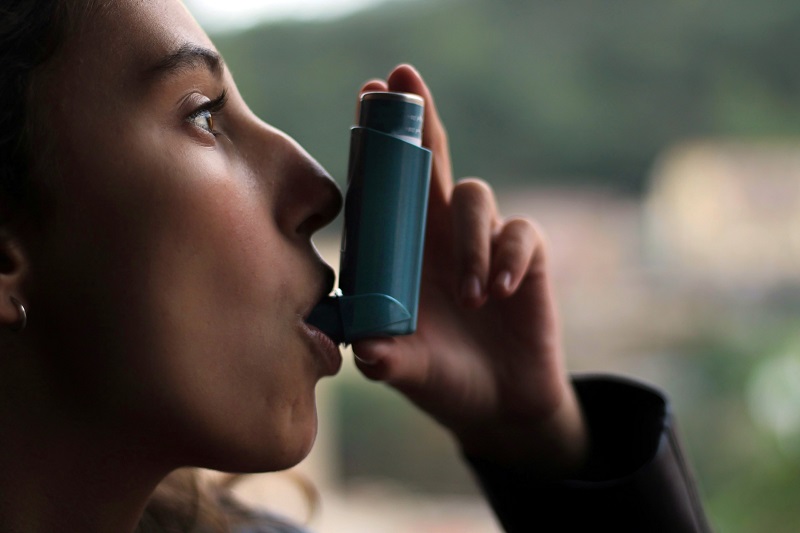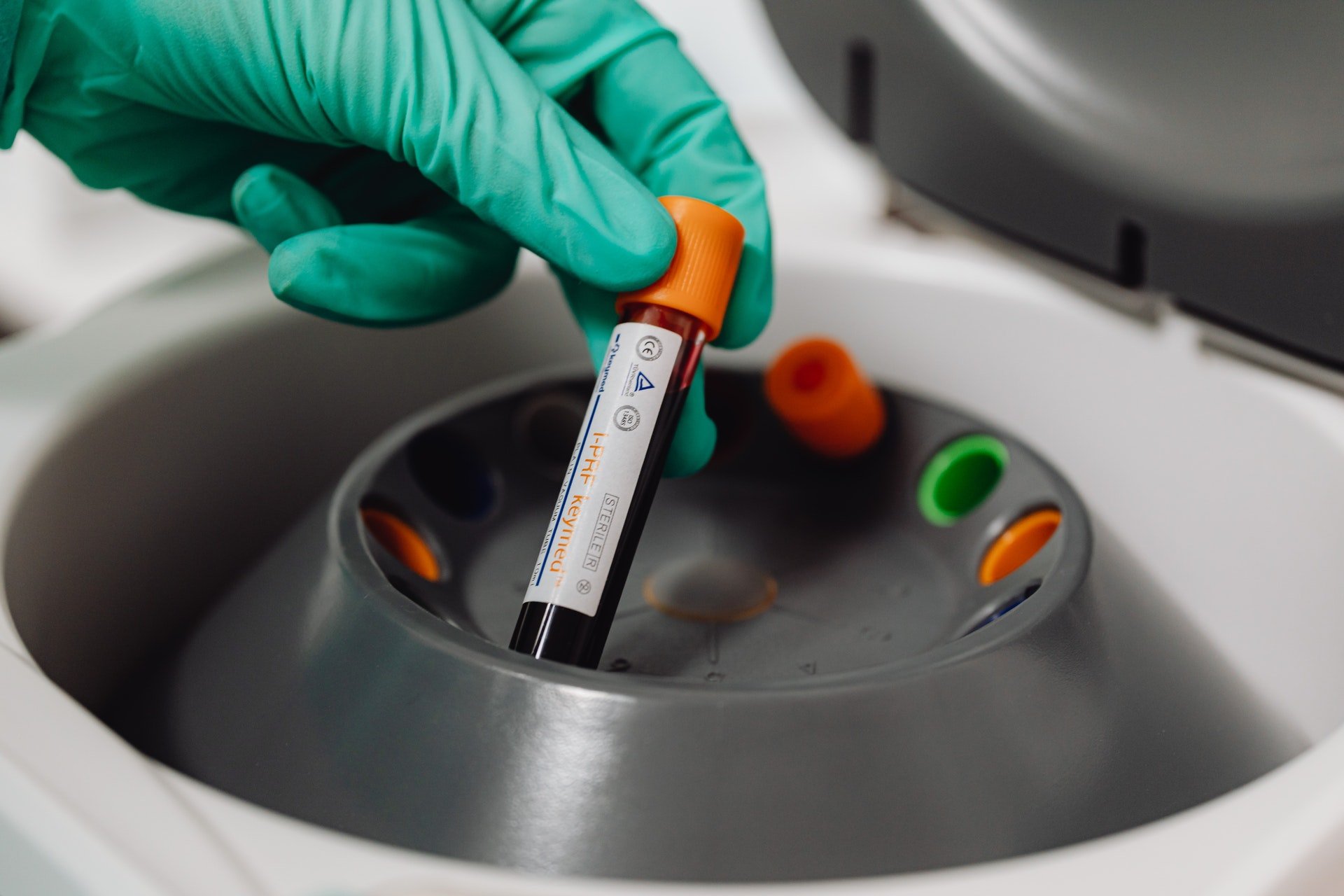What is Translational Science?
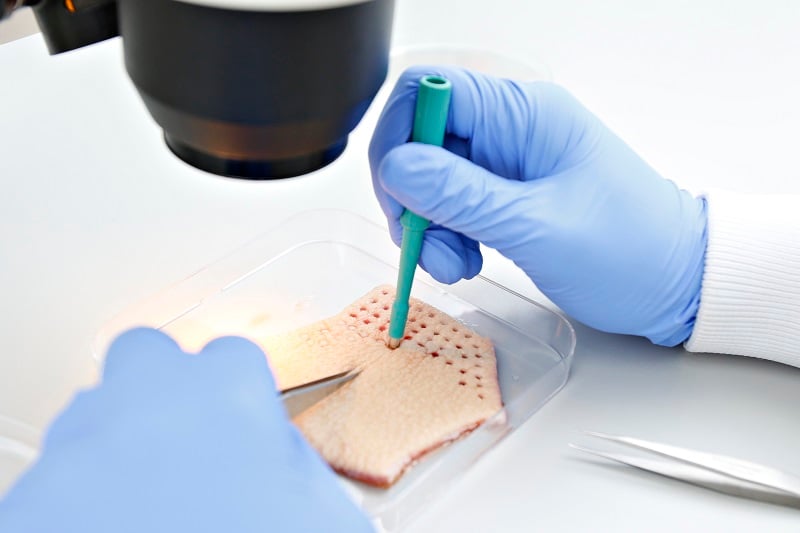
The aim of translational science is to predict clinical responses early in the drug discovery process. Research can be described as highly-translational if it uses experimental models that accurately mimic human physiology, such as ex vivo human tissue assays, 3D culture models, and induced pluripotent stem cell (iPSCs) derived models. Translational research, translational medicine, and translational science are terms used interchangeably, but they mean the same thing.
Why is translational science important?
The importance of accurate translational research becomes obvious when looking at current drug failure rates. The financial impact of pharmaceutical attrition is huge, costing Pharma between $800 million and $1.4 billion per candidate. Animal models are considered the gold standard of preclinical research, yet today’s researchers are encouraged to reduce, replace, and refine their animal use in accordance with the Three Rs. It is thought that by humanizing the preclinical models available to researchers, animal research can be reduced, and the efficacy and toxicity of drug candidates can be estimated more accurately. As a result, 3D cell culture models (such as organoids and spheroids) have become increasingly popular in recent years, alongside iPSC-derived human cell lines, and human fresh tissue assays.

Examples of translational skin science
Below, we have highlighted highly-translational models championed by dermatological researchers for their ability to predict accurate clinical responses early. Not only do these assays reflect the complexity of human physiology, but they can be customized to research a wide variety of diseases, whatever your area of research.
Human Skin Explant Assays by REPROCELL (Biopta)
Human skin explant assays are highly-specialized ex vivo models which use skin biopsies from living donors. In these assays, multiple full-thickness skin biopsies are suspended in transwells in vitro. With the dermis submerged in cell culture media, drugs are applied topically to the epidermis and left to incubate. The culture media is then collected for analysis where changes in inflammatory markers and other cytokines are measured.
Human tissue testing possesses the unique advantage of being able to investigate drug behavior at any stage of the drug discovery pipeline. One example of this is AMG 337, which nearly failed clinical trials due to headaches in participants but was rescued by human tissue research2. Although a highly specialized area of research, there are a few contract research organizations that provide human skin explant assays, including AnaBios and REPROCELL (Biopta).
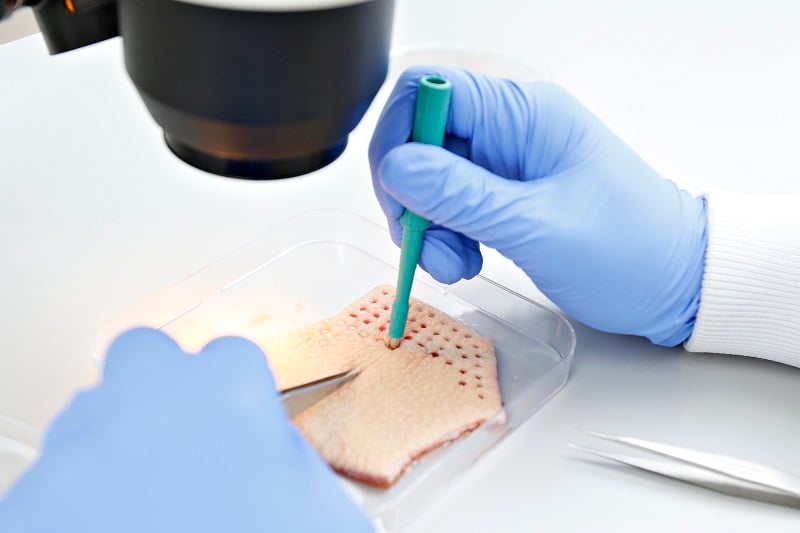
Figure 2: A scientist taking full-thickness biopsies for a human skin explant assay
Skimune® 3D Skin Equivalent by Alcyomics®
Skimune® 3D is a full-thickness human skin model developed by Alcyomics® in collaboration with REPROCELL. Composed of primary human skin and autologous immune cells, Skimune® 3D is designed for testing immunological skin reactions. The 3D co-culture model uses Alvetex™, a microscopic scaffold that maintains cell structure in vitro while optimizing cell growth, differentiation, and function.
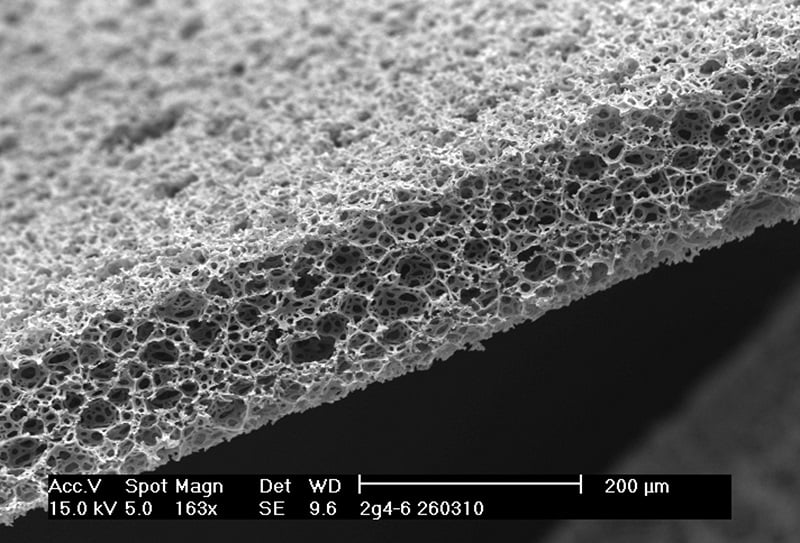
Figure 3: Skimune® 3D uses Alvetex™ to maintain cell shape and physiology during culture.
Induced psoriasis model
This experiment assesses whether your test articles cause a reduction in inflammatory cytokine release in psoriasis compared with a control compound, such as a ROR-ɣ inhibitor.
Induced acne model (LPS)
This experiment explores whether your test articles cause a reduction in inflammatory cytokine release in acne vulgaris, with betamethasone as a reference compound.
Skin inflammation model (PHA)
This assay uses healthy skin punch biopsies which are induced to display an inflammatory phenotype using phytohemagglutinin (PHA) to measure test article efficacy.
Induced atopic dermatitis model
This experiment assesses whether test articles cause a reduction in inflammatory cytokine release in atopic dermatitis, using a steroid as a reference compound.
Better translating your discoveries into therapies
REPROCELL (Biopta) is the leading provider of ethically sourced human fresh tissue studies and Alvetex™ technology. Through our global network of tissue suppliers, we can ethically obtain healthy and diseased tissue from your target population, including donors with inflammatory bowel disease (IBD), chronic obstructive pulmonary disease (COPD), atopic dermatitis (AD), and more.
References
- Paul et al. How to improve R&D productivity: the pharmaceutical industry’s grand challenge. Nature Reviews, Drug Discovery. 2010;9:203-214
- Amouzadeh et al. Clinical Implications and Translation of an Off-Target Pharmacology Profiling Hit: Adenosine Uptake Inhibition In Vitro Translational Oncology 12:10 (2019)

Author
Zara Puckrin, BSc
Zara is a GCU graduate who loves minimalism, marketing, and molecular biology. You can contact her on LinkedIn.
Subscribe to receive updates from REPROCELL
Tagged
Stem cell and drug discovery scientists around the world are using REPROCELL’s services and products in their preclinical and clinical research.

